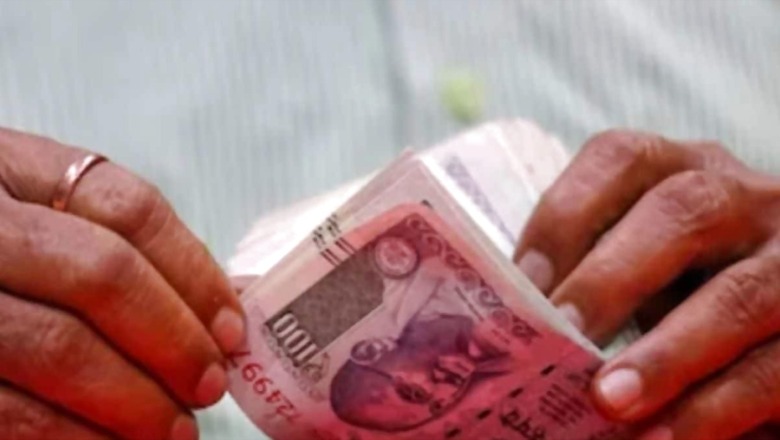
views
The Employees’ Provident Fund Organisation (EPFO) has raised the previous eligibility threshold for automatic claim settlements under Paragraph 68J. This adjustment aligns with EPFO’s objective of optimising auto claims processing, as outlined in a recently issued circular.
Paragraph 68J enables subscribers of the Employees Provident Fund (EPF) to request advances for medical expenses for both themselves and their dependents.
Also Read: Provident Fund For Your Kid: Is PPF A Good Option For Minor Children?
The situations include prolonged hospital stays, significant surgeries, and conditions such as tuberculosis, leprosy, paralysis, cancer, mental illness, or heart ailments.
EPFO Paragraph 68J
Paragraph 68J of the EPF Scheme is all about helping you access funds for medical emergencies. It allows EPF members to withdraw an advance for their own and their dependents’ medical treatment costs.
Significantly, the revised provision removes the requirement for extra documentation like medical certificates or proforma, thus streamlining the claim process for subscribers.
Here’s what you need to know about paragraph 68J:
- Purpose: Provides financial aid during medical situations.
- Eligible Conditions: You can claim an advance for hospitalisation lasting a month or more, major surgeries, or critical illnesses like tuberculosis, leprosy, paralysis, cancer, mental illness, or heart disease.
- Recent Update (April 2024): The limit for auto-claim settlements has been increased from Rs. 50,000 to Rs. 1,00,000. This means claims that meet specific criteria will be processed automatically without needing further approval.
- Withdrawal Amount: There are two options: -Lower of 6 months’ basic wages and dearness allowance (DA) or-Employee’s contribution (including interest) – whichever is less.
Paragraph 68N
Moreover, members with physical impairments can utilise Paragraph 68N to apply for advances to acquire equipment that mitigates their condition, provided certain conditions are met.
Paragraph 68N of the EPF Scheme deals with providing financial assistance to physically challenged EPF members. It allows them to withdraw an advance payment to purchase equipment that can help minimise the difficulties arising from their disability.
EPF Advance Claim Process
The maximum advance amount is calculated according to the member’s basic pay, dearness allowance, personal contribution share, and interest, ensuring fair access to funds for medical needs.
Apart from medical expenses, EPF subscribers have the option to make partial withdrawals for a range of purposes including marriage, home purchase, loan repayment, or house renovation.
How To File Advance Claims In EPFO?
Subscribers can file for an ‘advance’ withdrawal through the EPFO’s unified portal at unifiedportal-mem.epfindia.gov.in.
Following submission, the claim is forwarded to the employer for approval. Upon approval, the amount is credited to the subscriber’s account.
Here are the steps to initiate an EPF claim online through EPFO’s website:
- Step 1: Login to EPFO portal – unifiedportal-mem.epfindia.gov.in using UAN and password. The UAN is an identification number mentioned in the monthly salary slip of an employee.
- Step 2: Go to ‘online services’
- Step 3: Select the ‘claim’ section.
- Step 4: Verify the bank account number.
- Step 5: Upload a scanned copy of a cheque or the passbook.
- Step 6: Choose the purpose for requesting the advance. EPF account holders can apply for partial withdrawals for various reasons such as purchasing/constructing a house, repaying a loan, non-receipt of wages for two months, marriage of self/daughter/son/brother, medical treatment for family members, pandemic-related expenses, and more, as specified by EPFO.
- Step 7: Generate an Aadhaar-based OTP.
After processing, the claim will be sent to the employer for approval. Subscribers can monitor the status of their claim by selecting the ‘claim status’ option within the ‘online service’ section.


















Comments
0 comment